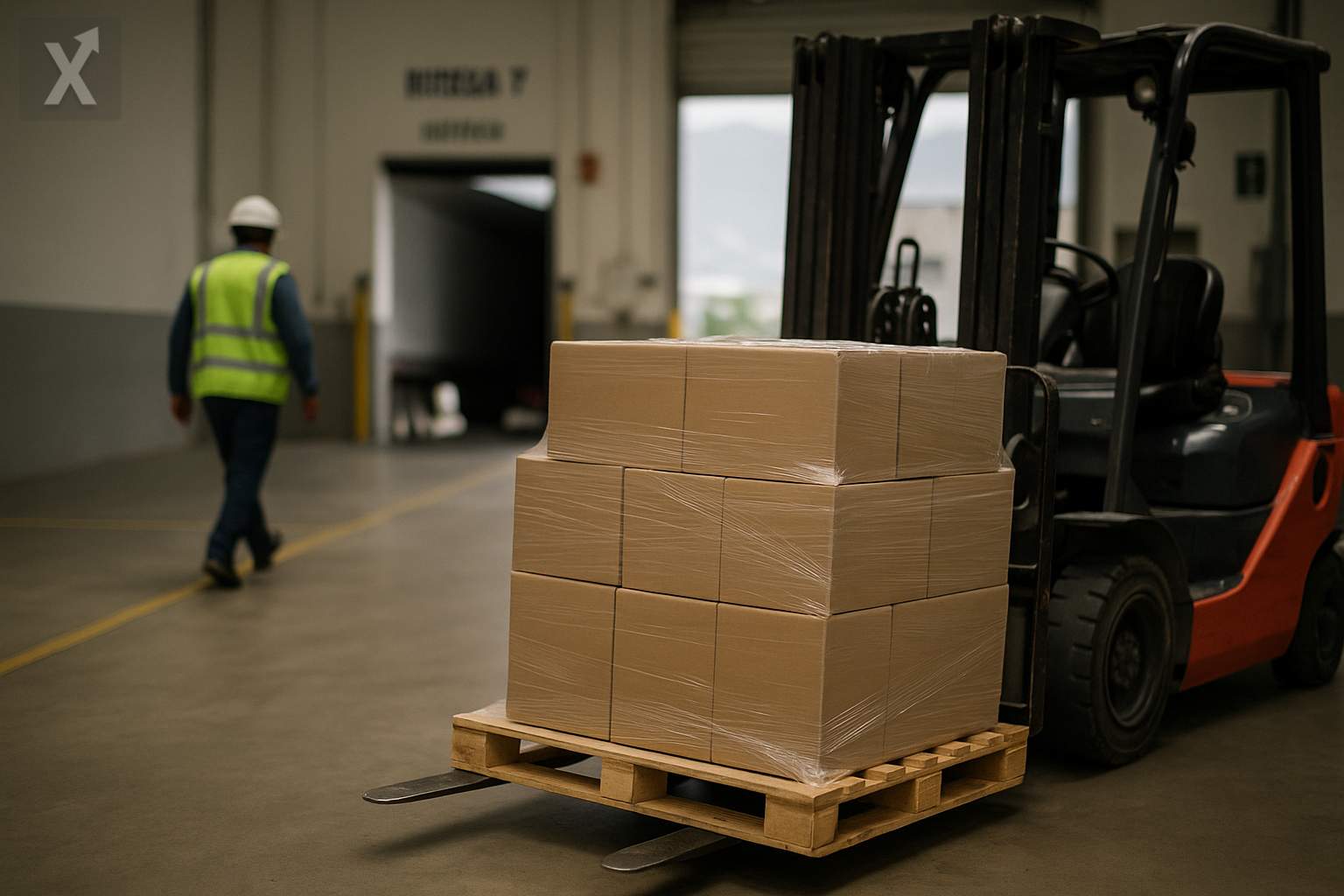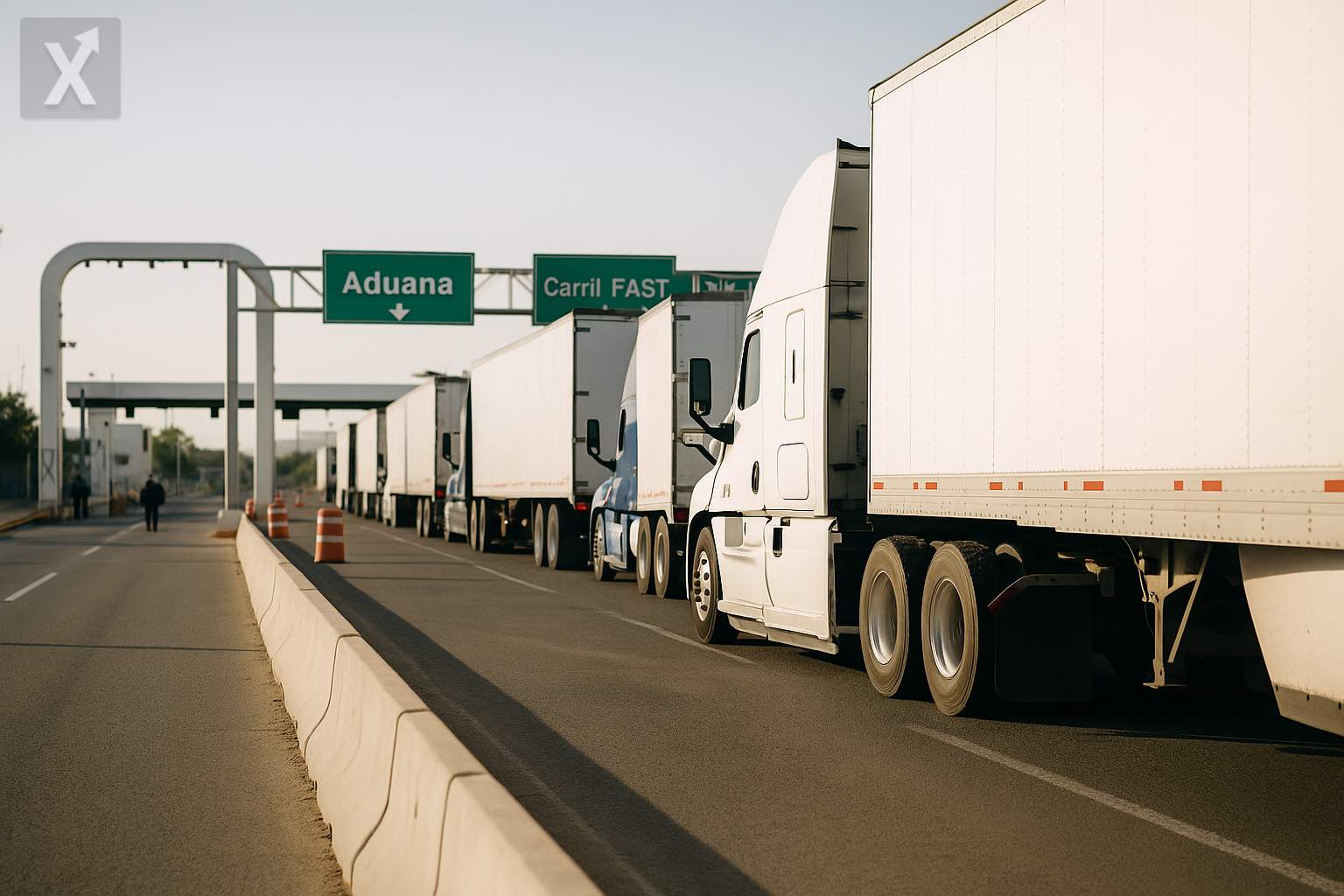Global Barter and Trade Reconfiguration: Risks and Opportunities for the Mexican Economy

The resurgence of barter in Russian foreign trade, used to circumvent sanctions and payment restrictions, signals sweeping changes in the global economy. Although Mexico does not participate in these schemes, the reconfiguration of trade flows, the nascent trend of de-dollarization, and greater opacity in international transactions could impact input prices, financial costs, and the regulatory compliance strategies of Mexican companies.
In Russia, the move to exchange goods—such as grains for cars and metals for machinery—has emerged as a response to sanctions, disconnection from international banking systems, and fears of reprisals against financial intermediaries. By their very nature, these operations tend to blur traceability and generate statistical discrepancies. For Mexico, this phenomenon serves as a barometer of a more fragmented landscape, where trade routes and payment mechanisms are becoming increasingly complex and less predictable.
One of the most tangible channels of transmission for Mexico is pricing. Since 2022, the rising cost and volatility of grains, fertilizers, and metals have been a source of global inflationary pressure. As more transactions are settled in kind and supply flows are rearranged, reference prices may become more erratic, impacting the cost of food and local manufacturing. For a country that imports a significant share of its wheat and fertilizers, increased uncertainty in global supply translates to higher logistical risk premiums and a greater need for active hedging.
On the financial front, the tight international oversight of cross-border payments compels Mexican companies with extensive supply chains in Asia or Eastern Europe to strengthen due diligence processes. Even without direct sanctions, operating through intermediaries exposed to secondary measures increases the risk of interruptions in collections and letters of credit, raises the cost of trade, and lengthens negotiation timelines. At the same time, banks and trade finance providers are tightening controls, which can require more guarantees and documentation.
Mexico’s deep integration with the U.S. under the USMCA cushions some of this turbulence, and the nearshoring trend has spurred investment along industrial corridors in the north and the Bajío region. However, fully capitalizing on this opportunity hinges on resolving bottlenecks related to energy, water, logistics infrastructure, and customs. In a world with shorter but more closely monitored supply chains, operational reliability and regulatory compliance will become as much competitive advantages as labor costs.
The international discussion around de-dollarization is also gaining visibility. Although the U.S. dollar remains dominant in Mexico—thanks to trade, remittances, and financial markets—experiments with local-currency settlements are on the rise in other regions. For Mexican firms, diversifying hedging instruments and gaining access to peso-denominated financing at competitive rates remain key strategies. This is particularly relevant given Banxico’s adherence to a restrictive monetary policy to sustain disinflation and anchor expectations.
The automotive sector—the backbone of Mexican manufacturing—is also being reshaped by global shifts. The advance of Asian manufacturers, new barriers to electric vehicles, and the USMCA’s rules of origin are increasing scrutiny on inputs and content origin. Any international attempt to bypass tariffs through triangulation or opaque schemes could encounter stricter controls in North America, requiring precise traceability of suppliers and processes.
For exporters of metals, machinery, and food products, an environment with more barter and less transparency complicates inventory management and demand planning. Growing discrepancies between customs data and financial records across countries make market analysis more difficult and can distort price signals. This underscores the value of integrating risk analytics, cargo insurance, and more flexible contracts in terms of timelines and pricing formulas.
In public finances, Mexico remains exposed to the oil cycle and the health of Pemex, while fuel imports continue to carry significant weight. Geopolitical events that disrupt energy routes or drive up risk premiums raise the cost of imports and put fiscal balances under pressure. Prudent management of oil hedges and operational improvements at the state oil company remain crucial for containing vulnerabilities.
In summary, the rise of barter in sanctioned economies is a symptom of a more fragmented and costly global trade environment. For Mexico, the challenge is to safeguard its North American anchor, strengthen infrastructure and the rule of law, and improve the financial resilience of its companies and supply chains. The opportunity to attract investment through nearshoring remains, but will require greater operational discipline and more sophisticated risk management.






